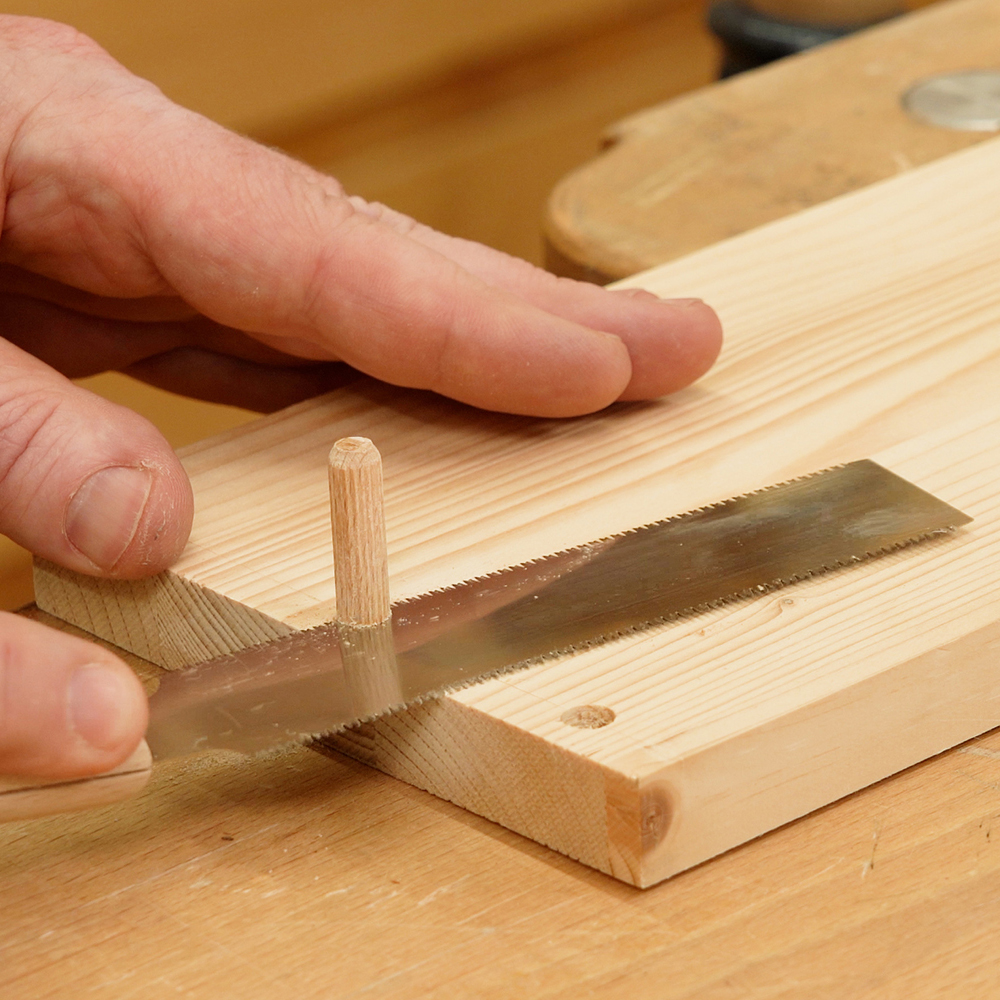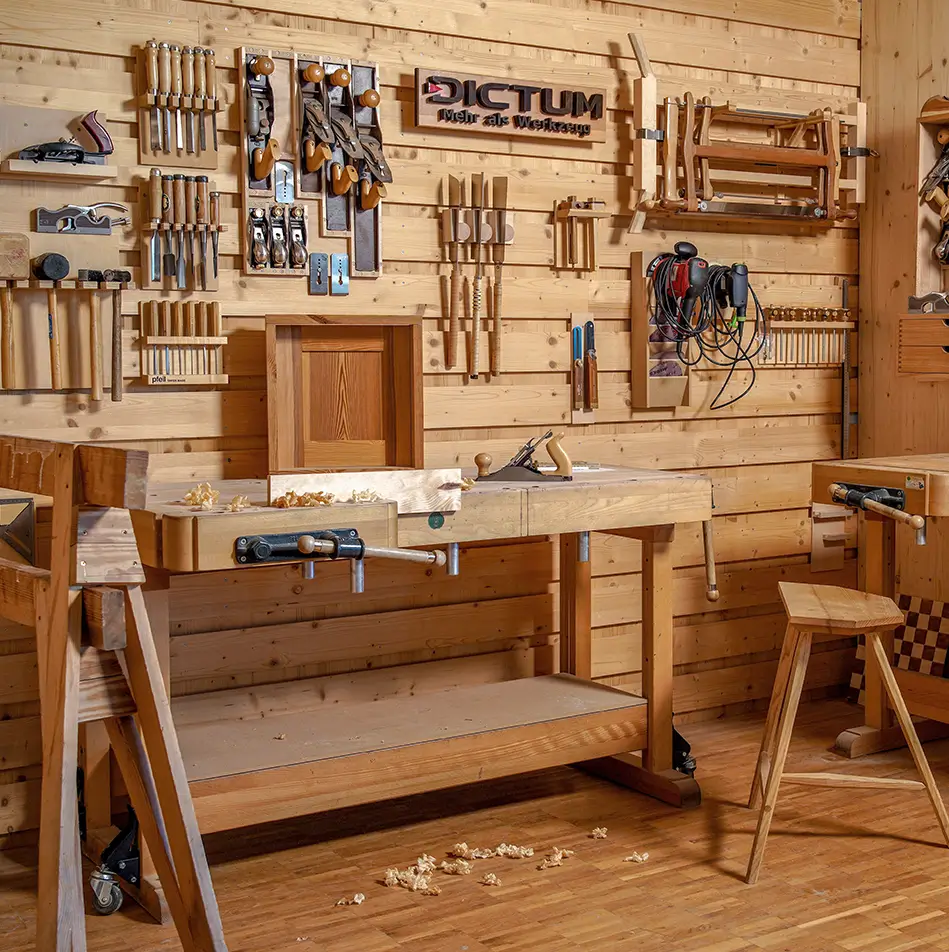Veneer and flush-cutting saws
-
Woodworking / metalworking
-
Saws
- Japanese saws with interchangeable blade
- Japanese saw sets
- Saw cases
- Classic handmade Japanese saws
- Japanese folding saws (woodworking)
- Western backsaws
- Bow saws
- Stair saws / groove-cutting saws
- Hand saws / jack saws
-
Veneer and flush-cutting saws
- Coping saws
- Compass saws
- Saws for special materials
- Mitre saws
- Saw guides / mitre boxes
- Compact saws / mini saws
- Beam saws
- Saws for dovetails
- Model-making saws
- Outdoor saws
- Branch saws
- Saw-set pliers and sharpening devices for saws
- Spare parts for saws
- Corded saws and cordless saws for wood
- Chisels
- Carving tools
- Axes and hatchets
- Hammers, nails & pry bars
- Planes
- Woodturning tools & lathes
- Rasps & files
- Measuring and inspection tools
- Scribing & cutting tools
- Routing & drilling tools
- Clamps
- Screwdriving tools
- Pliers
- Workshop equipment & tool sets
- Blacksmithing / blade finishing
- Engraving tools
-
Saws
- Leatherworking, papercraft & upholstery tools
- Stone working tools
- Tools for kids
Veneer and flush-cutting saws
EXPERT KNOWLEDGE VENEER AND FLUSH-CUTTING SAWS
The traditional "Kugihiki" is a very special Japanese saw. It is basically a small kataba designed for sawing off protruding wooden dowels and nails flush. The thin saw blade is only 0.3 to a maximum of 0.5 mm thick and is correspondingly flexible so that it can be laid flush against the surface during Saws. To protect the surface and avoid scratches, the saw teeth are not set.
Tips for Saws with a dowel saw

All dowel saws are Japanese pull saws. Their fine saw blades require the user to have some experience in handling Japanese saws. Avoid unnecessary pressure from above. Lateral tilting causes the thin saw blades to bend easily.
Avoid scratches: Do not push the Saws unnecessarily across the surface, but place the dowel saw directly next to the wooden nail. Although the teeth do not have a set, the Saws sometimes has sharp edges. Ensure that the flexible saw blade is positioned in front of and behind the dowel. Make the cuts parallel to the grain of the workpiece, small scratches will then be barely visible. For very sensitive workpieces, e.g. surfaces that have already been painted, you can place a sheet of paper underneath as protection. Remember that the handle can also scratch the surface.
Cut with little pressure and hold the protruding part firmly so that it does not break off prematurely.
What is a dowel saw suitable for and what should you avoid?
The general purpose is clearly defined: cutting off protruding wooden dowels flush. But what else can you do with this Japanese fine saw?
Kugihiki Saws are mostly cross-cut and therefore equally suitable for softwood and hardwood. The Ryoba Restauro 125 and the Mini-Kugihiki from Z-Saw also have universal teeth on their double bevel blades, which cut both lengthwise and crosswise to the grain direction. The saw cuts are very fine and precise and the cut surfaces are very smooth.
The Kugihiki is therefore very suitable for short, fine cuts. Restorers like to use the saw to gently cut joints such as mortises and tenons due to the low blade thickness. As it is a pull saw, you can also use it to make flush saw cuts close to the edge in internal corners.
However, this handsaw is not suitable for deeper cuts and thicker material, as the cutting performance decreases as the cross-section increases and the cut can then run. This is partly due to the lack of set and partly because the fine toothing offers hardly any space to transport the separated fibres from a Length saw cut.









